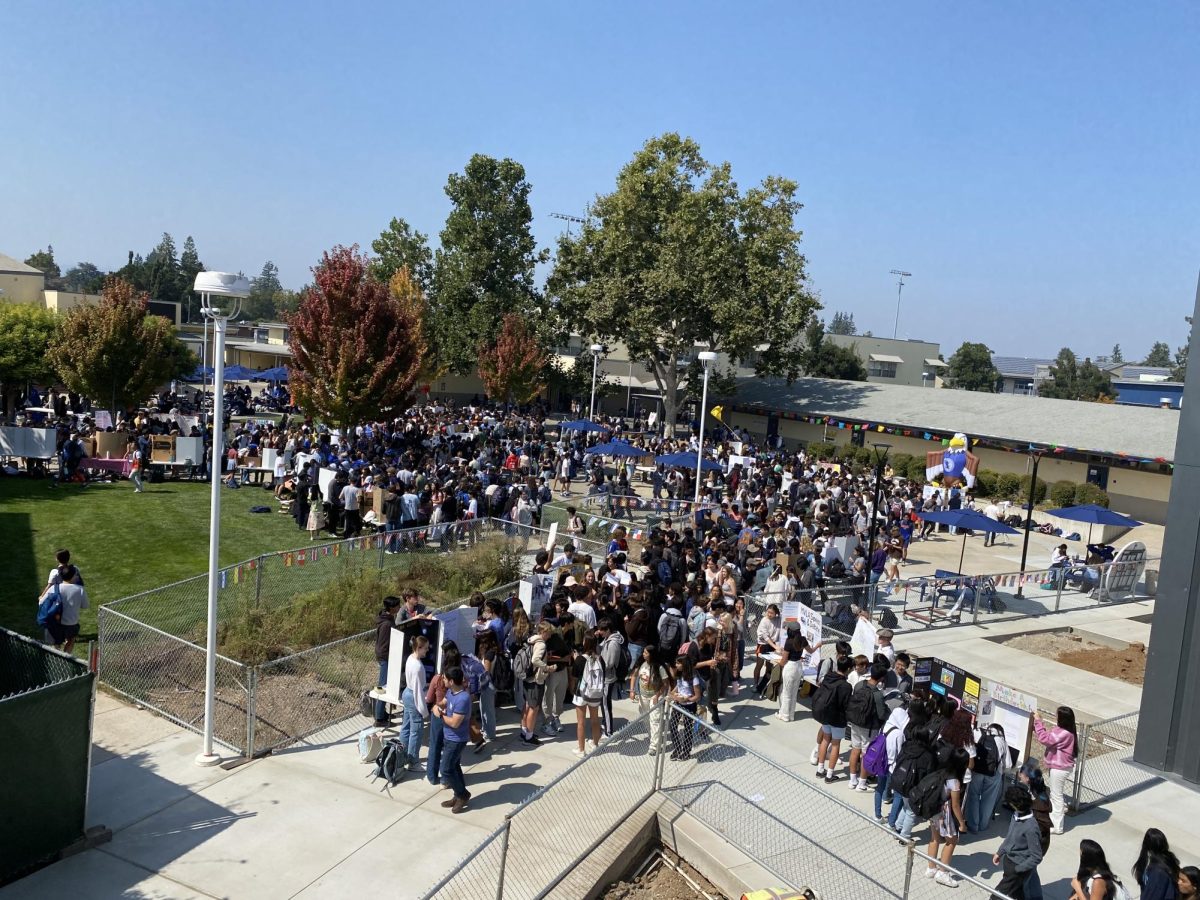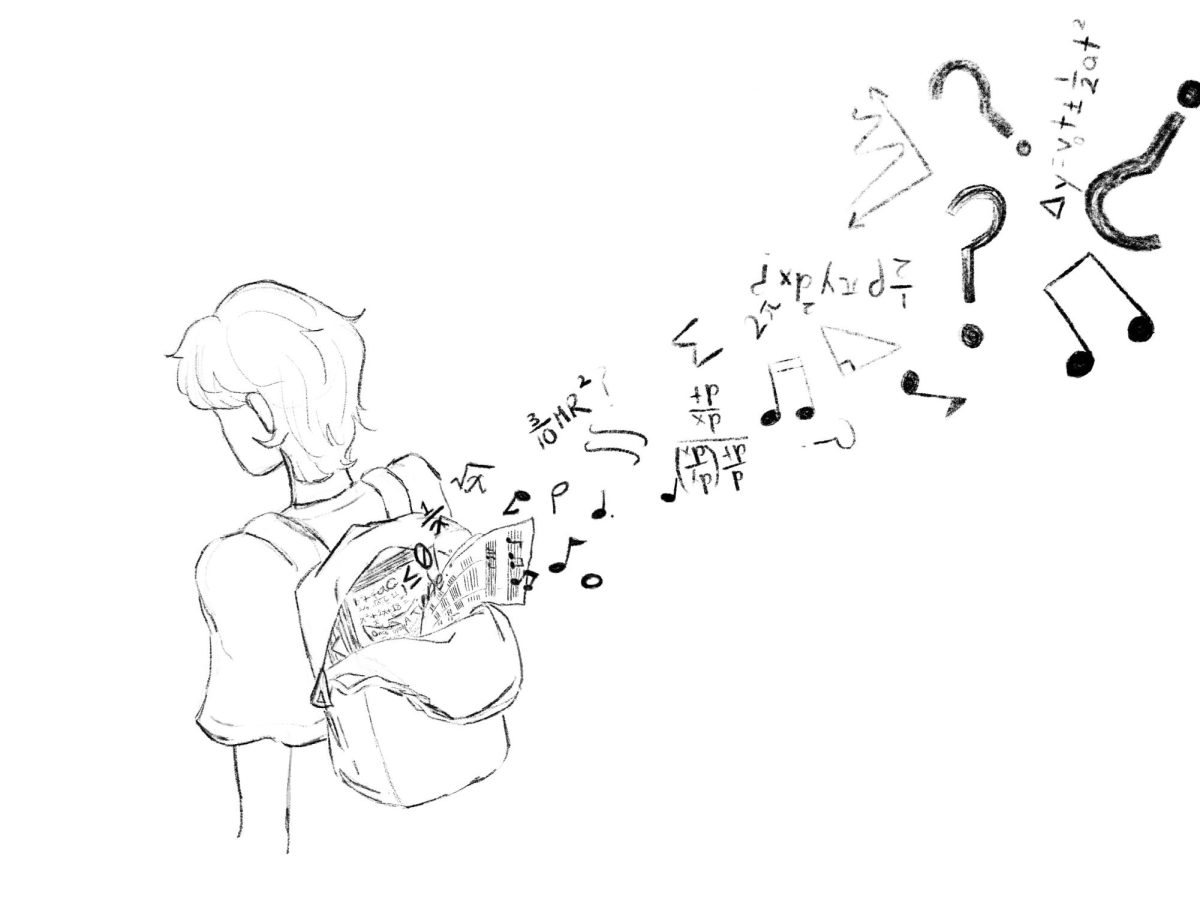High school offers the last opportunity for students to play multiple sports with relatively less time investment than in college or the professional leagues. But with this comes the issue of injuries that can be sustained from training for these exhaustive sports. Injuries to student athletes are a concern of an immense magnitude, and the severity of injuries ranges from minor to life-altering. Precautions should be taken to mitigate the frequency of these injuries.
“Many injuries I see involve the lack of proper mechanics, poor flexibility and muscle imbalances,” school trainer Brent Hatakeyama said.
Many students are too inexperienced to realize their personal limits and push their bodies to the limits without properly strengthening it, resulting in a higher risk of injury.
“I would recommend staying very aware and conscious when pushing the body to its limits.” professional pilates instructor at PhysioFit Pilates V. Kimbell Shelton said. “We all want to perform to the best of our abilities—but the body has a wisdom of its own and if you do not listen to it, you’ll very likely injure yourself at some point, and recovery can be long, difficult and frustrating.”
The poor form that most student athletes show is caused by their inexperience. Athletes can be unaware of correct regimens despite the coaches setting basic guidelines in place for working out.
“Our coaches [are theoretically] supposed to go through routines when the athletes are lifting weights, making sure they use the proper amount [of weight],” athletic director Kim Cave said.
However, this sentiment isn’t always necessarily directly translated into the athletes adhering to limitations on training.
“Working out in the weight room during track season, I [sustained] a lot of fatigue and overexerted my body a bit more than normal due to peer pressure,” junior Henry Kwock said. “I saw other people lifting more and I just felt compelled to do that myself. I don’t think it’s always a [great environment] for competitive athletes.”
Information is key to bettering students’ bodies instead of running the risk of injury. Many sports have practice at least two hours a day, five times a week. This fosters an intense environment for the student athlete’s body. Yet coaches aren’t solely to blame for the training—it’s necessary for athletes to be competitive. Athletes, however, can fail to properly assess their need for rest because of inexperience.
“I could have taken more time off when [my herniated discs were] diagnosed,” senior water polo player Casey Vanneman said. “The double-days, multiple games during the week and the tournaments are really hard on my body. It’s constant pain throughout practices and games.”
Demanding high school sports provide an avenue for student athletes to make the mistake of putting themselves in risk of injury. Due to this, students should take extra care to properly rest.
“Rest days are required for both mental and physical recovery,” Hatakeyama said. “It is recommended for almost all athletes to have one day of complete rest [each week].”
Along with proper amounts of rest, there are other things that the student athlete can do in order to reduce the risk of injury.
“[Strengthening and stretching] your legs, back and core are important because they are the basis of almost every sport and help reduce fatigue during competition,” Hatakeyama said. “Chest, arms and shoulders may make you throw, push or swing a little faster but they don’t help you support your body like the base of your legs, the bridge of your core and the trunk of your back.”
Each sport comes with a common set of possible injuries; if the athlete strengthens these areas, he or she will be able to be stronger. However, strengthening your entire body is important as well, and one should not focus solely on a specific muscle group. Doing this will reduce one’s fatigue when it comes to gameplay and therefore one will not only be able to play better but will also reduce the risk of an injury.
Prior to participating in a sport, student athletes should meet with a trainer to create a routine specific to the athlete. The school provides a trainer and P.E. teachers qualified to provide safe and constructive exercises for athletes. Athletes should see the value in the extra effort, not only to be stronger in their sport, but also to minimize injury.
Student athletes must be more informed about training
November 5, 2013
Story continues below advertisement
0








